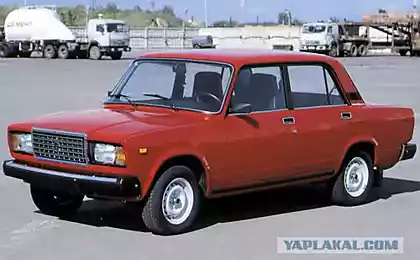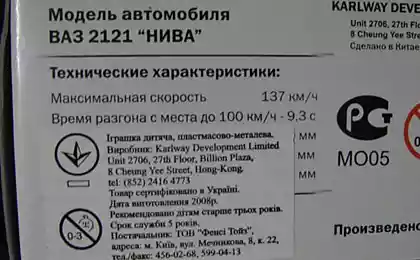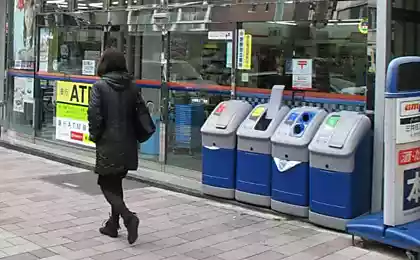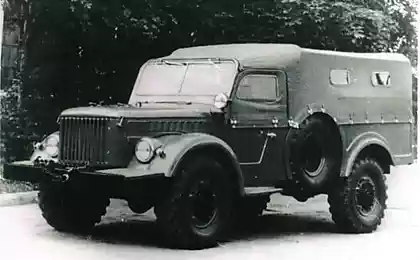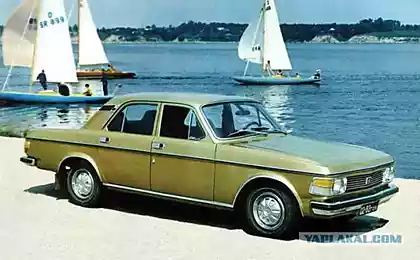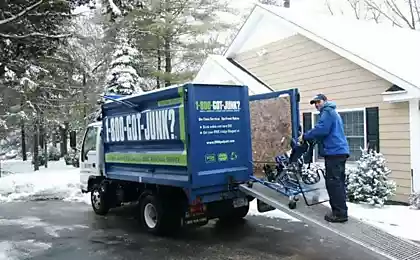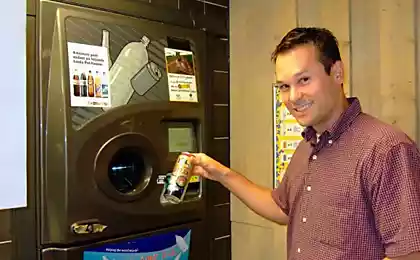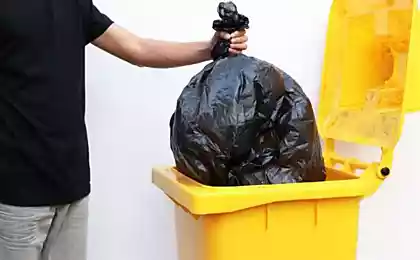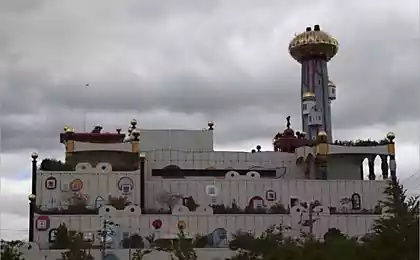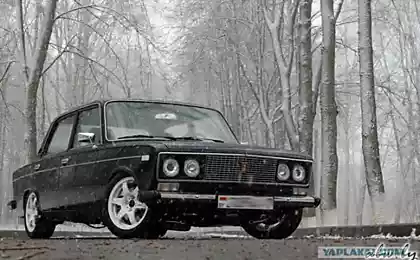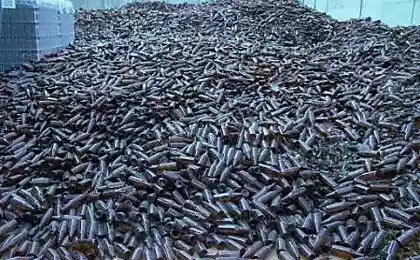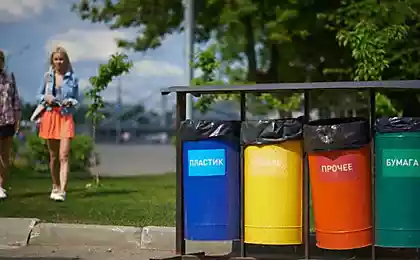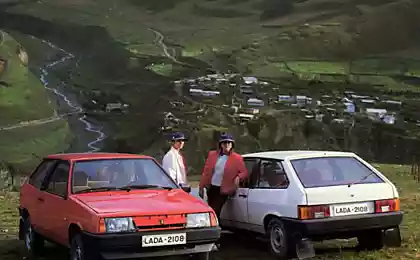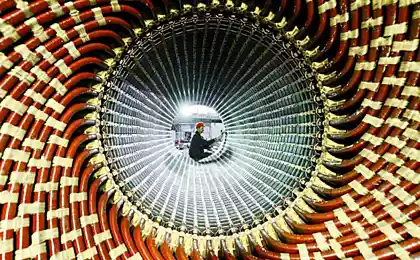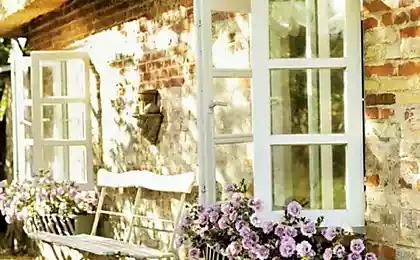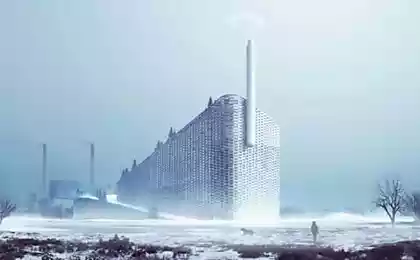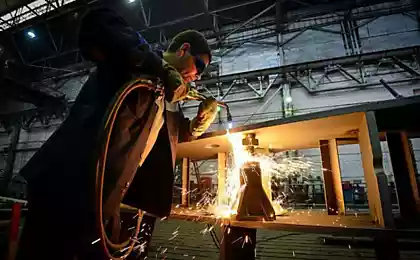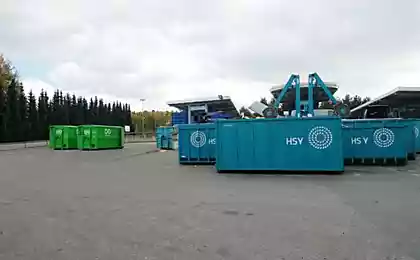1579
Togliatti. Not only VAZ
At the plant there is a method of processing solid waste composting in biothermal biothermic drums with extracting non-compostable fraction (black and non-ferrous metals, stone, glass, wood, p / e film, rags, cardboard, waste paper, etc.) To obtain compost (organic fertilizer). The power plant is currently in kind of 100 th. Tons of MSW per year, representing more than 50% of the total solid waste in the city of Togliatti.
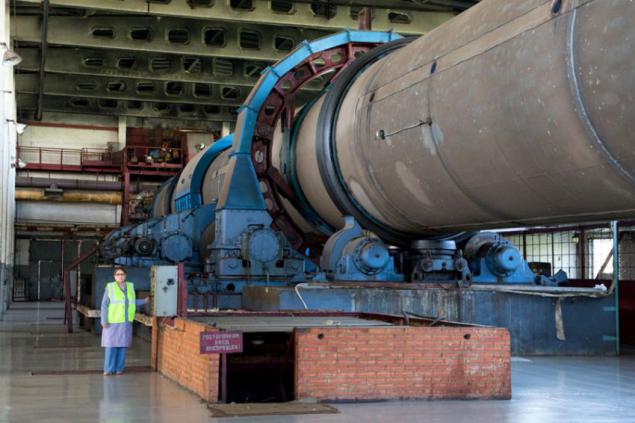
So let's see what's inside the plant. Entrance of the plant.
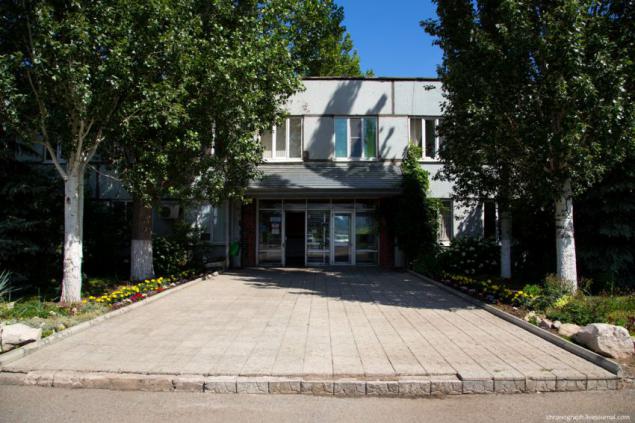
Foster case. On the roof of the first floor of the playground is where I stop with the garbage trucks.
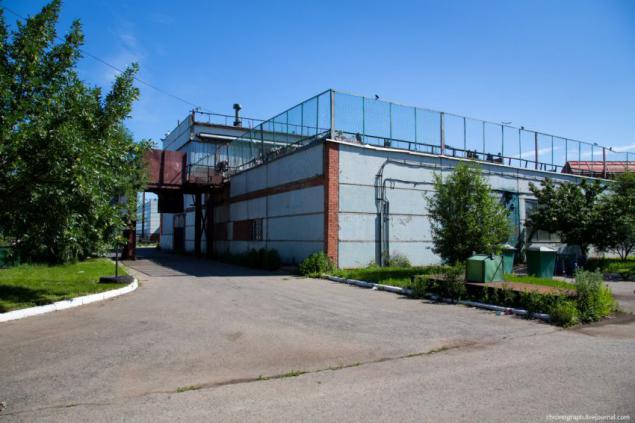
Here the trucks unload garbage and shovel loads it into hoppers "feeders».
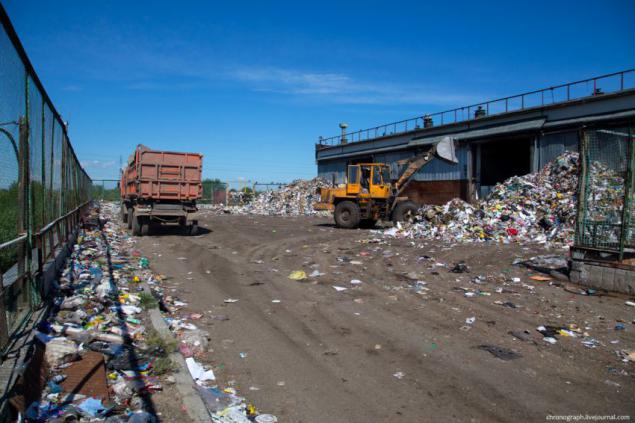
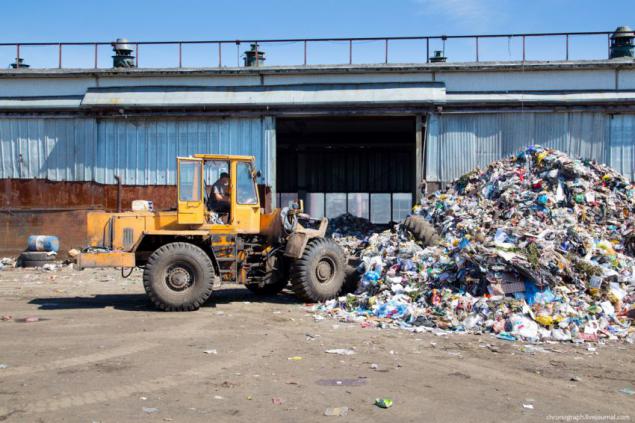
The feeder inside.
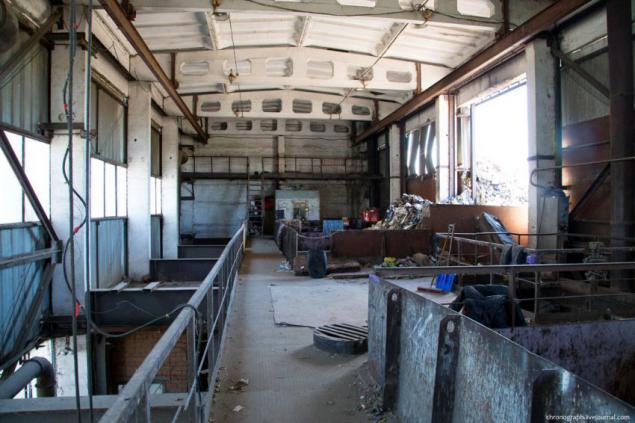
At the bottom of each of the two feeders are large iron conveyor belts that move slowly and evenly pushes debris into two lines of conveyor belts
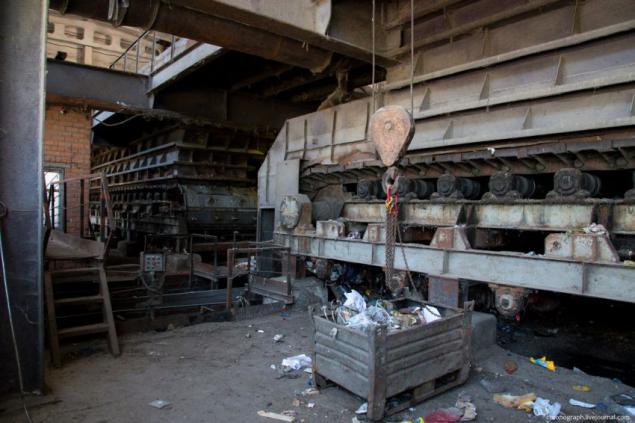
This is something like the treads of tanks, or tractor, just wider than 10 times.
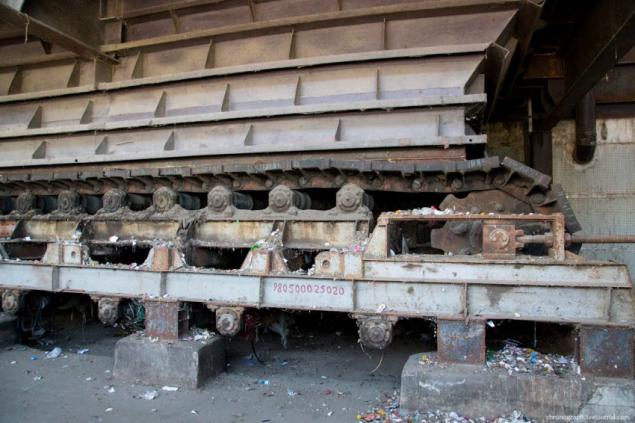
Next litter on conveyor belts hits the primary sorting plant.
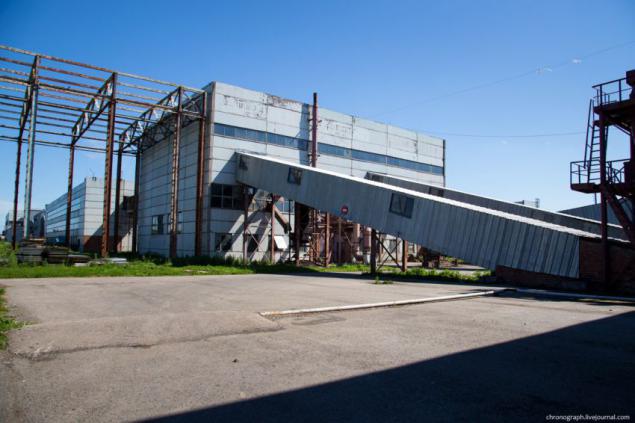
Here are the screens that separate the large debris then fine.
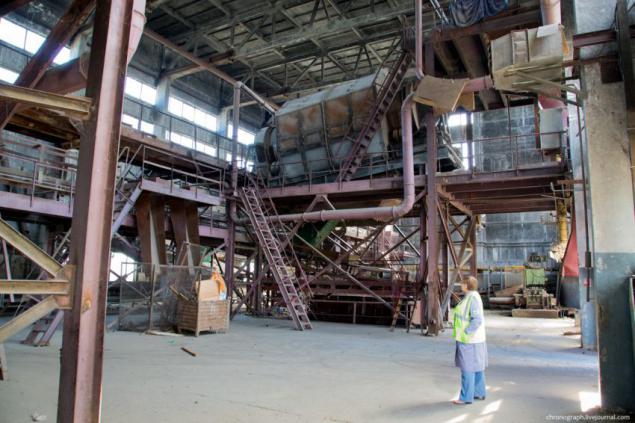
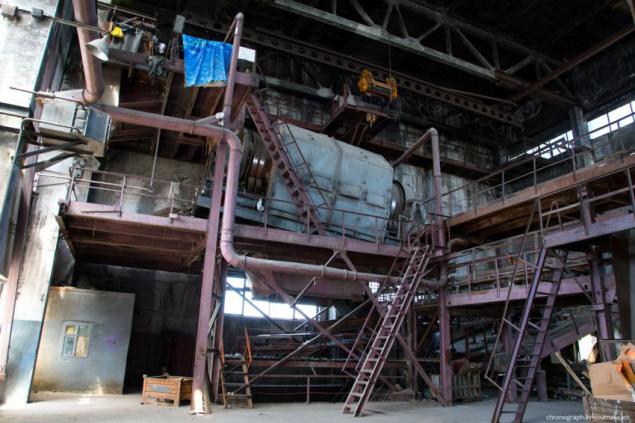
Just above the conveyor belts hang powerful magnets that are "caught" from garbage all iron and sent on a separate line.
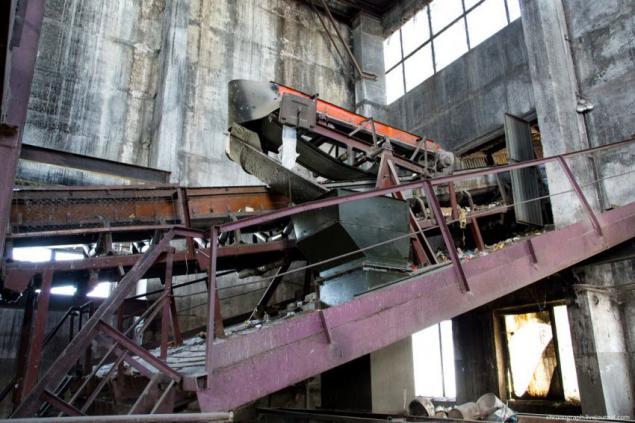
Press which compresses the metal debris, now unfortunately broken.
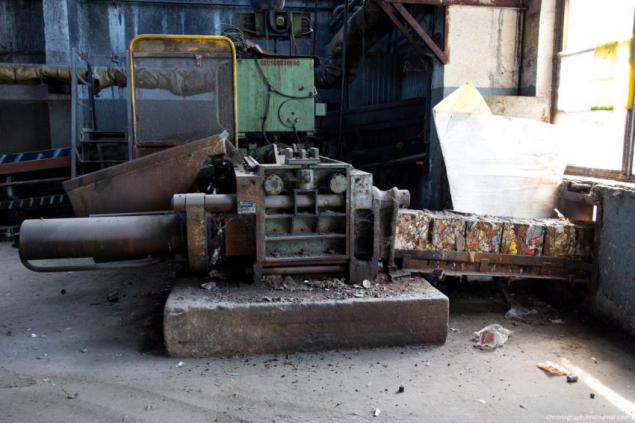
Further debris gets into the main building, where the composting takes place.
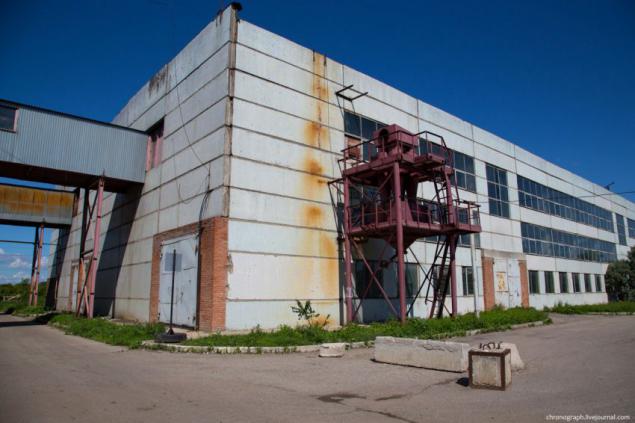
In two huge biobarabanah special bacteria decompose waste, turning it into compost.
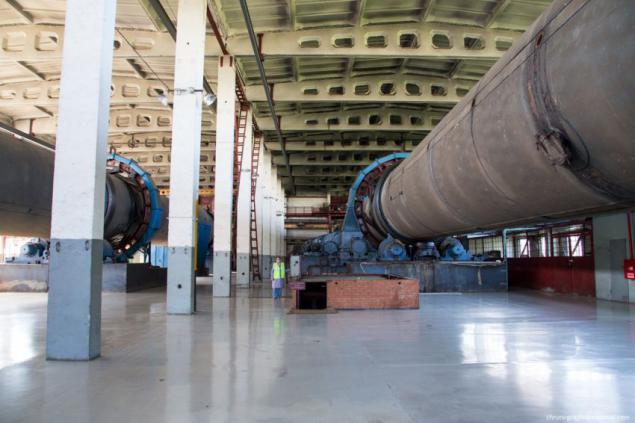
Compost is used as a bulk, nutrient and vegetation layer (municipal landscaping, urban gardening and forestry), and insulation when layered suction, as in the interlayer and the top insulation landfills.
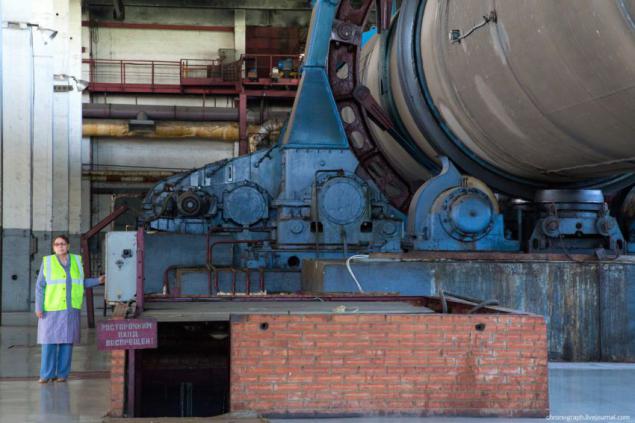
Over the last decade, the nature of waste has changed dramatically - there was more plastic and foil. In those years, when the plant was built, more dominated by organic waste. Now the compost produced is much less, but in any case, debris passing through biobarabany becomes less dangerous and rapidly decomposes in landfills.

Recycled waste transported to landfills, where its decomposition occurs much faster in comparison with the regular garbage.
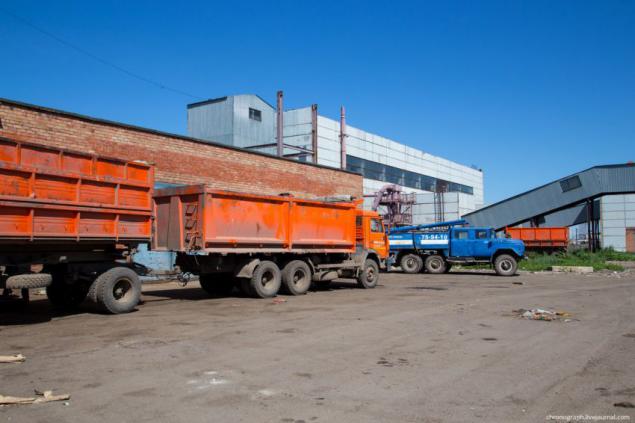
Repair shops at the plant and ancillary equipment.
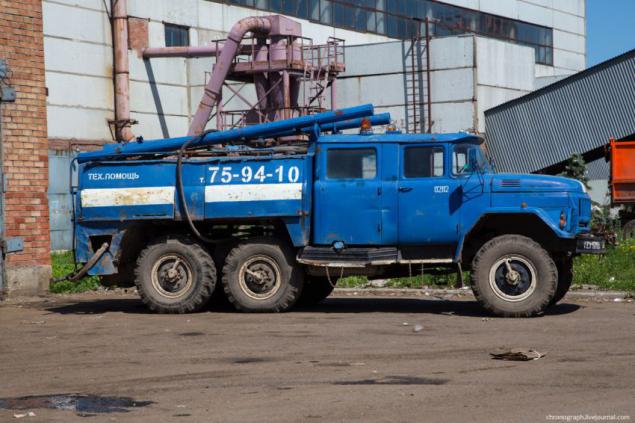
Loading recycled garbage into trucks.
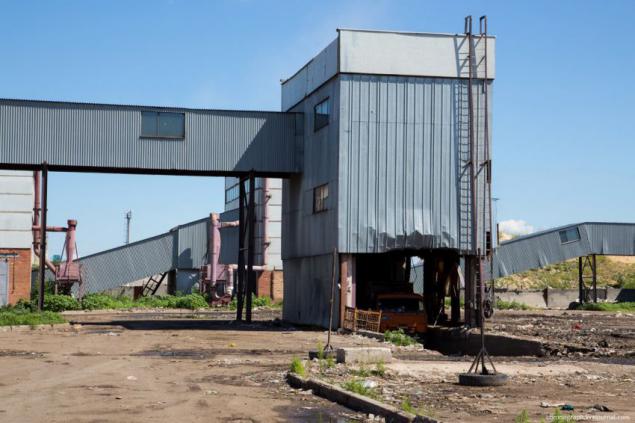
At the plant also has a new shop, where there is a setting rotatsionnnogo molding to create a major household products from secondary materials. Now the shop is rented some company that is engaged in processing of roofing material.
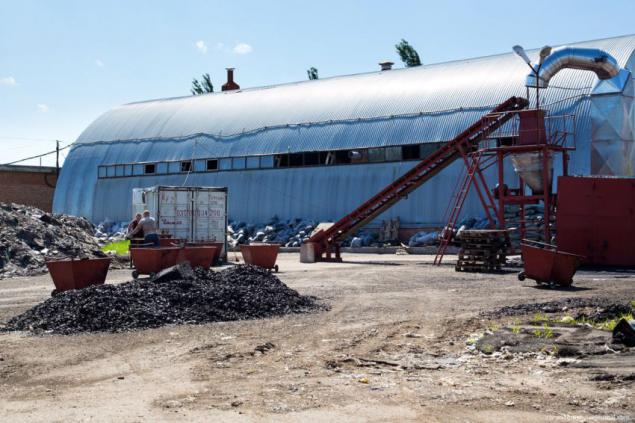
And earlier in the workshop to produce the plastic containers.
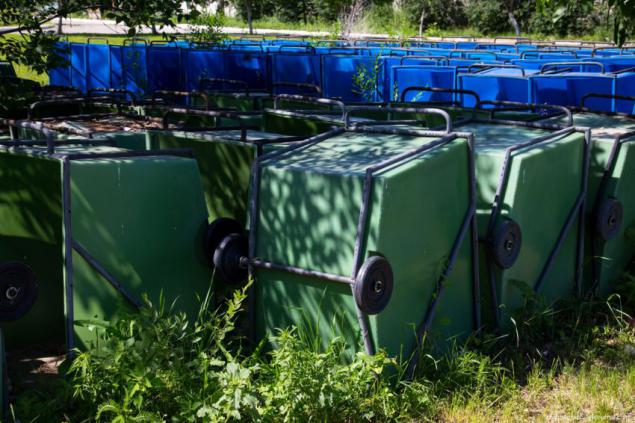
In one of the workshops also produces metal containers.
Despite some problems, the factory still makes a significant contribution to the environment.
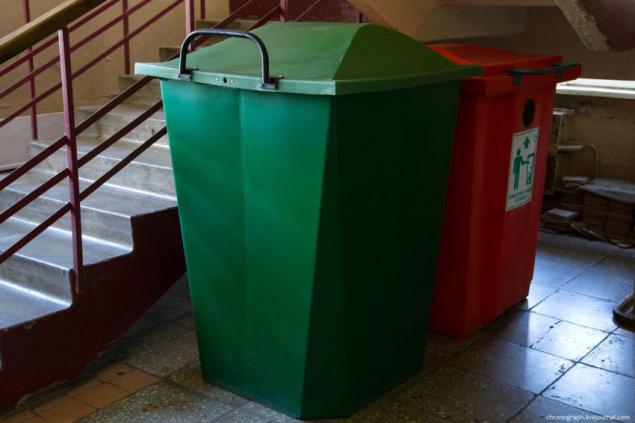
Source: chronograph.livejournal.com

So let's see what's inside the plant. Entrance of the plant.

Foster case. On the roof of the first floor of the playground is where I stop with the garbage trucks.

Here the trucks unload garbage and shovel loads it into hoppers "feeders».


The feeder inside.

At the bottom of each of the two feeders are large iron conveyor belts that move slowly and evenly pushes debris into two lines of conveyor belts

This is something like the treads of tanks, or tractor, just wider than 10 times.

Next litter on conveyor belts hits the primary sorting plant.

Here are the screens that separate the large debris then fine.


Just above the conveyor belts hang powerful magnets that are "caught" from garbage all iron and sent on a separate line.

Press which compresses the metal debris, now unfortunately broken.

Further debris gets into the main building, where the composting takes place.

In two huge biobarabanah special bacteria decompose waste, turning it into compost.

Compost is used as a bulk, nutrient and vegetation layer (municipal landscaping, urban gardening and forestry), and insulation when layered suction, as in the interlayer and the top insulation landfills.

Over the last decade, the nature of waste has changed dramatically - there was more plastic and foil. In those years, when the plant was built, more dominated by organic waste. Now the compost produced is much less, but in any case, debris passing through biobarabany becomes less dangerous and rapidly decomposes in landfills.

Recycled waste transported to landfills, where its decomposition occurs much faster in comparison with the regular garbage.

Repair shops at the plant and ancillary equipment.

Loading recycled garbage into trucks.

At the plant also has a new shop, where there is a setting rotatsionnnogo molding to create a major household products from secondary materials. Now the shop is rented some company that is engaged in processing of roofing material.

And earlier in the workshop to produce the plastic containers.

In one of the workshops also produces metal containers.
Despite some problems, the factory still makes a significant contribution to the environment.

Source: chronograph.livejournal.com
